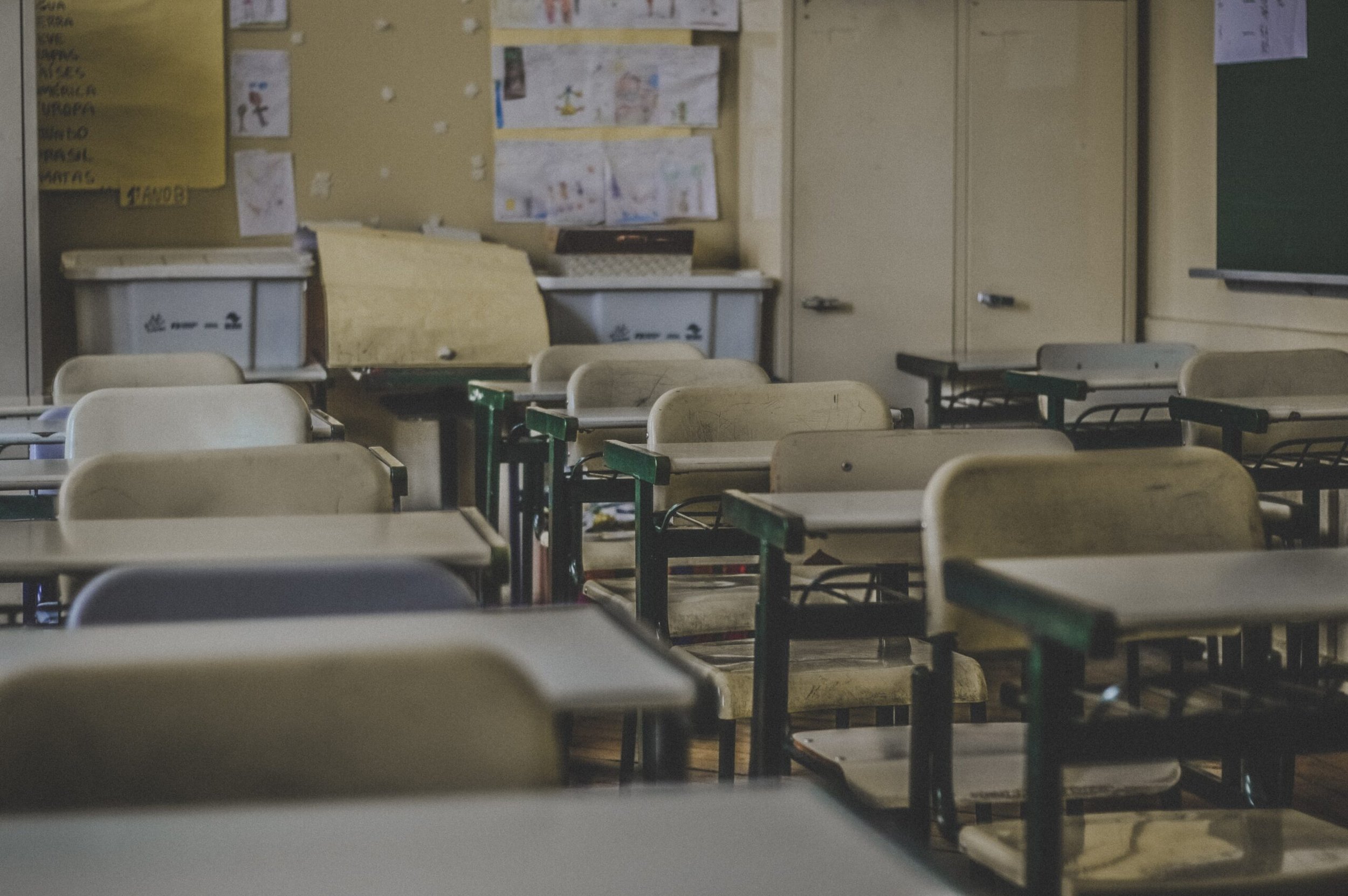American Private Schools as Monuments to Racism
Summer 2020 has seen Black Lives Matter and Indigenous rights activists toppling countless statues commemorating racism and racists both in the Americas and around the world. Not all monuments to the past are cast in bronze, however. From the names of our streets to the layout of our neighborhoods to the schools our children attend, memorializations of slavery and segregation surround us in the United States. American private schools, especially, have long functioned to reinforce class and racial hierarchies, and themselves act as monuments to racism and segregation.
The memorialization is obvious in some cases, as in the John T. Morgan Academy, in Alabama, named for a Confederate general and later Klan leader, or the Hammond School in South Carolina, named for infamous enslaver and Carolinian James Henry Hammond. But private schools need not bear the names of antebellum racists to serve racist ends in modern America.
In 2010, I graduated from one of these private institutions: Charlotte Latin School, established 1970 in Charlotte, North Carolina. The date of its founding is no coincidence—the school opened as the landmark case Swann v. Charlotte-Mecklenburg Board of Education was making its way through the judicial system. The Supreme Court’s 1971 ruling in that case mandated busing as a means to effect school desegregation not just in Charlotte, but around the country. Rather than send their children to integrated schools, thousands of parents withdrew them from the public system altogether. Between 1970 and 1975, Charlotte-Mecklenburg Schools lost over 10,000 students as more than a dozen new private schools opened. Today, these schools are a silent memorial to centuries of American racism. Charlotte Latin is continually ranked as one of the best schools in North Carolina. It also remains overwhelmingly white. As late as 1993, Latin was graduating completely segregated classes. In 2010, in a city where white residents are the minority, my graduating class was 96% white.
But Charlotte is not unique, and schools across the country, North and South, share origin stories like Latin’s. It is the very ubiquity of these sorts of institutions that makes them such a problem. Boston’s history with school desegregation stands out as one particularly glaring example. The mid-1970s found the city convulsed in what were, quite literally, bloody battles over the future of segregation. Stanley Forman won a Pulitzer Prize in photography for his harrowing, and now iconic, image of a white man rearing back, holding a pole bearing an American flag like a javelin, seemingly ready to drive it into a Black man’s body at a 1976 anti-busing protest at Boston’s City Hall. Boston’s desegregation crisis was arguably more violent than many cities’ in the South. At the peak of the crisis, Boston Public Schools lost three times as many students as Charlotte’s public school system did—parents sent more than 30,000 children to private and religious schools rather than participate in busing and desegregation.
Of course, many private schools in the United States predate desegregation. The 40,000 Bostonian and Charlottean children whose parents pulled them out of the public system were not all shuttled into new independent schools. For as long as public schooling has existed in America, private institutions have served to isolate wealthier children from their peers in working class families and to reify and perpetuate systems of privilege, access, and class and racial hierarchy. That many of these institutions now admit people of color or offer scholarships to those who cannot afford tuition does not diminish the fact that their central purpose tends not toward education but toward class reproduction.
This history—of segregation, of elitism, of bourgeois reproduction—has material consequences for the kinds of learning that are possible in these institutions. How is slavery taught at a segregation academy? Do we expect capitalists to pay for their children to learn labor history? In my own experience, the headmaster at Charlotte Latin told me in 2009 that the school would not offer queer students even the mildest support in the form of a Gay-Straight Alliance club for fear it would upset conservative donors. But, of course, the larger consequences of America’s private schooling system are felt by those located outside it. The broad disinvestment in public schools, coupled with the neoliberal dismantling of desegregation policies, has resulted in the further entrenchment of racist inequality in American life.
In this sense, private schools in the United States are a living monument to racism. They may be subtler, and they may not bear plaques or flash Rebel flags—but nevertheless they are memorials to the centuries of racist dispossession in America that trace back to 1619 and beyond. The legacies of these schools are, perhaps, even more pernicious than statues of enslavers, conquerors, and Confederate generals. In an equitable future, they would not exist, either.
